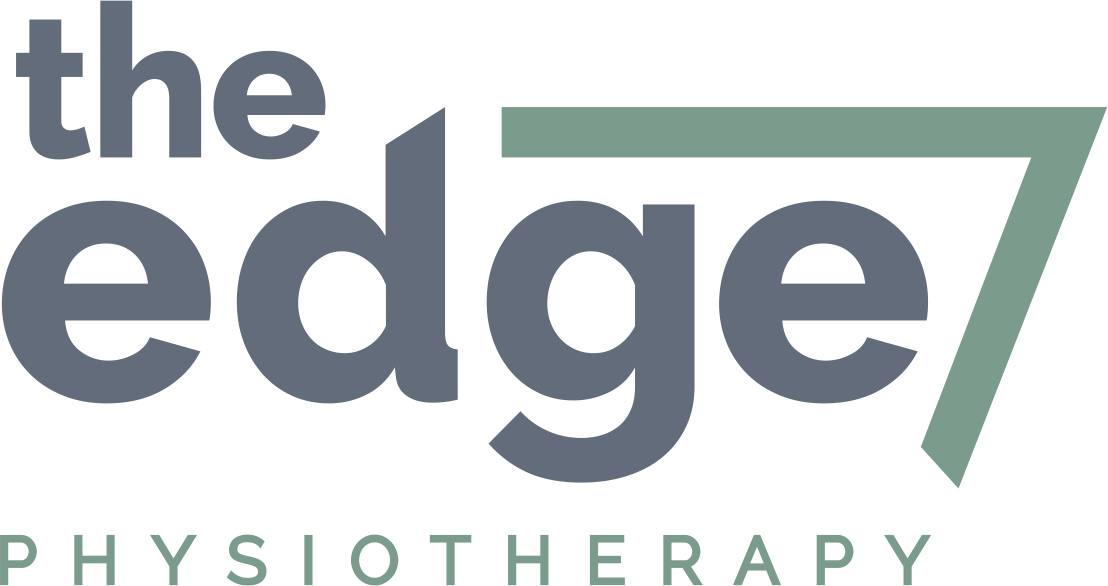Hip bursitis
Pain on the outside of the hip, sometimes known as lateral hip pain, trochanteric bursitis or Gluteal Tendinopathy. Once upon a time “bursitis of the hip” was a favourite phrase used by many clinicians alike. in part it was fuelled by imaging (ultrasound more often) commentary that stipulated an inflamed bursa of the hip. And as such, it was and continues to be referred to as an inflamed bursa. We generally go with what we’re comfortable with, but this is misleading because an inflamed bursa doesn’t actually tell us why or what’s wrong with the hip. Sometimes the bursa is inflamed yes, and a local cortisone or some sessions of manual treatment help for a time. But as one surgeon told me, it’s not really until you open someone up that you really see what’s going on inside and more often than not it isn’t the bursa that’s inflamed.
Some of the work that I follow of more prominent physios include Alison Grimaldi, an Australian physio who I first stumbled upon a few years ago. In my mind, she is quite a pioneer when it comes to investigating hip pain. Working across age groups and professions, from dancers to the elderly, Alison’s work has informed my professions’ approach to this area a great deal.
Lateral hip pain is more often a diagnosis of load issue, the hip is not functioning appropriately and as such pressure builds up on the outside of the hip. Without going into the details about the hip joint, as it’s a very complicated joint, it is enough to say that everyone’s hip is very different and is impacted by the lives we live including weight, activities I engage in, how I was born? (breech or vaginal?), did I crawl? how did I first walk? what job I have? do I have stairs in my house? do I wear high heels? and so on.
So once again we come back to what I always say, we must treat people as individuals, not from a textbook.
In lateral hip pain patients we see issues with load transfer through the lumbosacral junction, pelvic control issues, sometimes underlying hip instability or arthritis, kinetic chain imbalances, and gluteal tendon wear and tear, particularly of gluteus medius.
Tendons work by transferring load from the muscle to the bone, almost a bridge of sorts, and are living tissue. Overtime, due to normal changes we see with age, or overuse, or tearing the tendon becomes less durable and unlike other tissue in the body, it doesn’t heal very well due to it’s poor blood supply. This is how we end up with chronic tendon issues. The Gluteus Medius tendon often shows signs of tendon degeneration which in turn directly affects the mechanics of the lateral hip = pain.
The good news is we can affect our symptoms quite effectively by avoiding the things that irritate it, the bad news is, it can take quite some time to build the hip’s ability to cope with load again. And as such can be easily irritated. So here are some things to avoid if you have a diagnosis of Gluteal Tendinopathy:
1) Sitting in low chairs (the lounge, cars, the work desk) an angled foam pad is a good tool to use here to make sure the hips are higher than the knees
2) avoid sloped walking
3) avoid crossing your legs, knees together and heels crossed
4) avoid stairs as able
5) avoid deep lunges or squats
6) modify your mattress to make it softer
7) no high heels
Overtime, once the tendon is not inflamed you can begin to work on the imbalances found by the therapist, but don’t expect a quick remedy here because like it or not it takes quite a long time for this condition to improve and depending on the history a minimum of 6-9 months with regular intervention is considered a good outcome.
If you have any questions regarding this post please reach out to us via our social media platforms or email.
Sam and Andy

